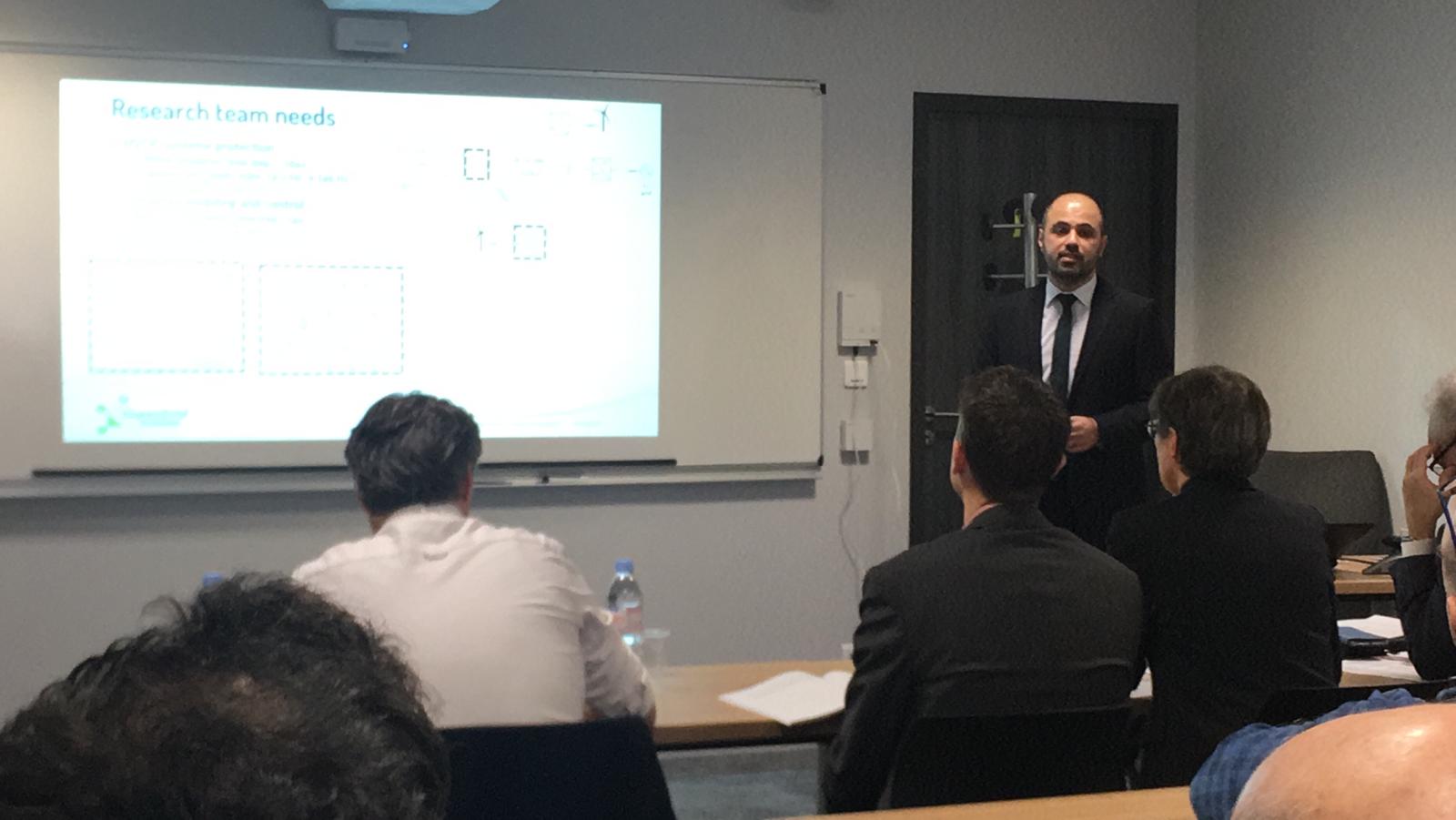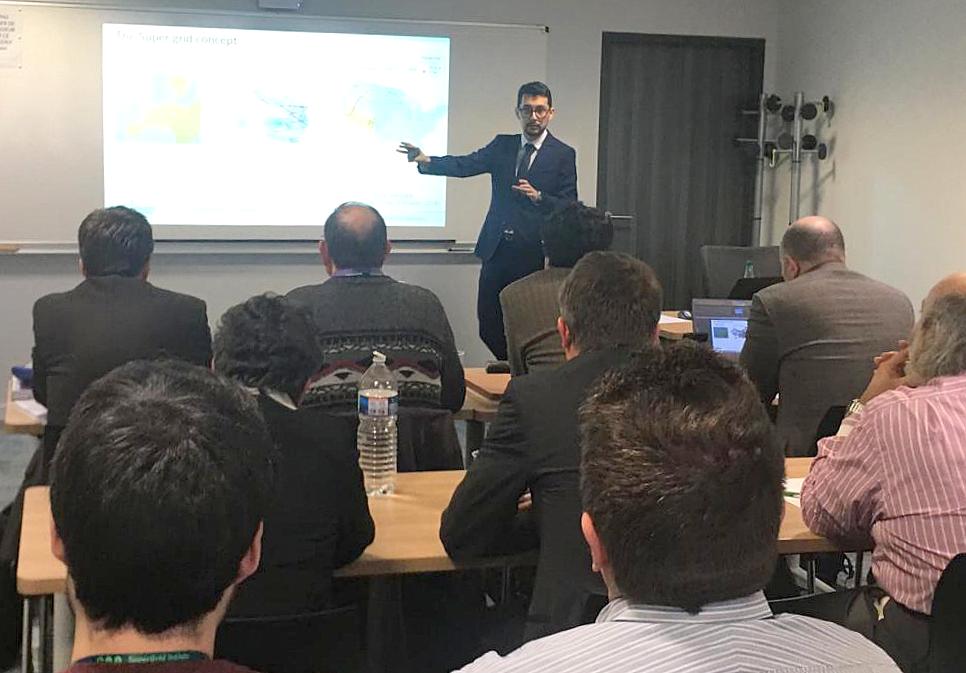The EPE flag handover at EPE’19, Genova: SuperGrid Institute takes the reins for EPE 2020 ECCE Europe in Lyon, France
At the closing session, Abdelkrim Benchaib, General Chairman of EPE’20, received the EPE flag, on stage, from Mario Marchesoni, General Chairman of EPE’19, in the presence of Leo Lorenz, President of the EPE association. During this conference, Abdelkrim Benchaib was also elected as a member of the executive committee of EPE ECCE Europe for 4 more years.






